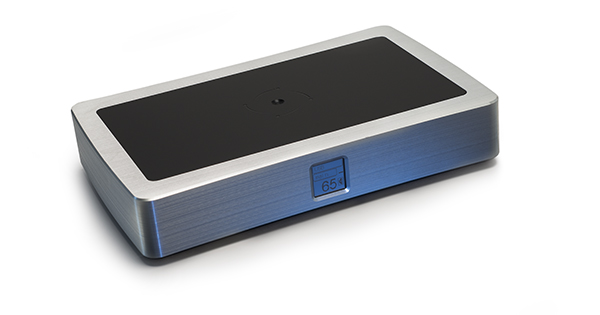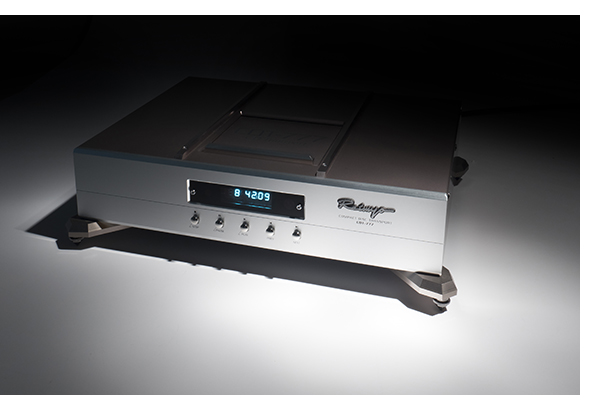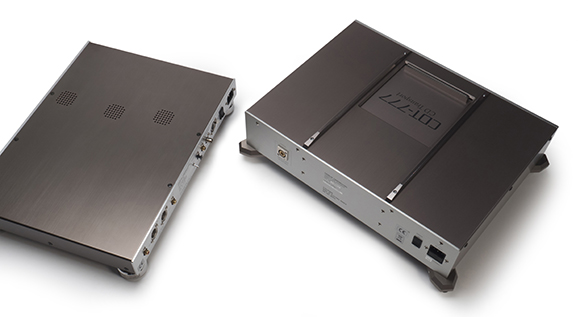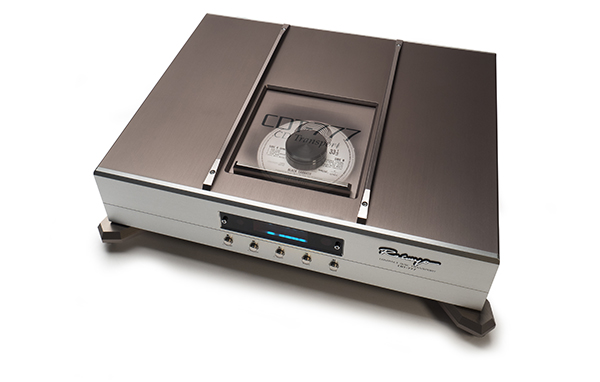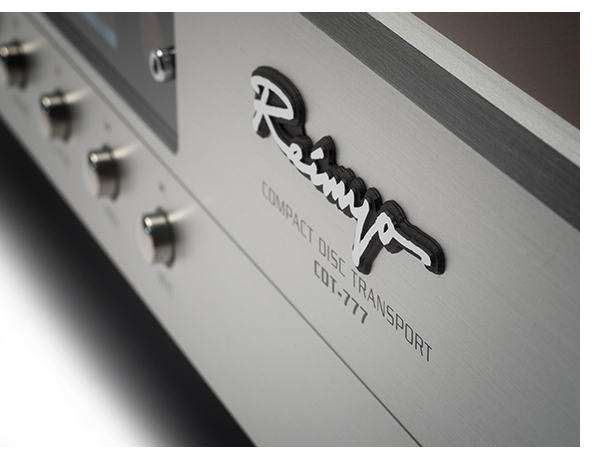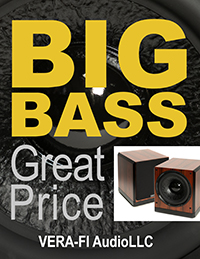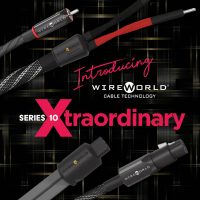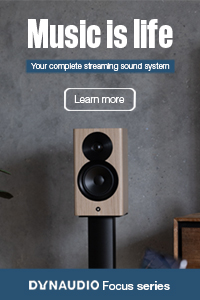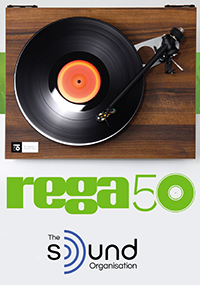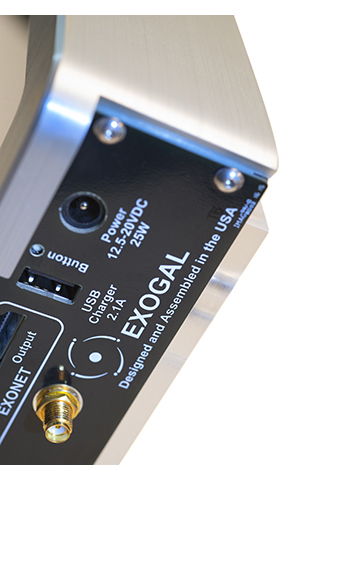 The driving bass line in Paul Weller’s “Peacock Suit” instantly convinces me that the Comet Plus is an excellent DAC. It renders music with cohesion, with a groove that is unmistakable. Best of all you won’t find yourself saying “pretty good for digital.”
The driving bass line in Paul Weller’s “Peacock Suit” instantly convinces me that the Comet Plus is an excellent DAC. It renders music with cohesion, with a groove that is unmistakable. Best of all you won’t find yourself saying “pretty good for digital.”
There are multiple schools of thought when it comes to listening to any component run in, but if it sucks out of the box, it isn’t going to become magically great after a hundred or a zillion hours of burn in. Outstanding components offer compelling performances straight out of the box, only to improve with a bit of time. The Exogal Comet Plus delivers right from power up; and while they do suggest some burn in time, it opens up considerably after about 24 hours of continuous play and then a little more as you pile hours on the clock.
This DAC is equally beguiling switching to the sultry voice of Amy Winehouse, as she sings “F-Me Pumps.” The Quad/REL combination pumps out bass like nobody’s business; lot’s of weight, growl and sheer push. And Winehouse’s’ raspiness is preserved while offering a lot of body and fullness. No matter what the program, this is an exciting musical component.
Hundreds of albums later, whether listening to high-res digital files (the Comet Plus handles it all from 24/192 PCM files up to mega DSD) I remain fully engaged. Cool as the high res playback is, the Comet’s ability to provide exceptional playback quality with standard CD resolution files is what keeps me excited. You will not be the least bit disappointed with high res playback via the Comet and your favorite form of data transfer. Many DAC’ commanding the Comet Plus’ pricetag ($3,500 as the Plus version with higher capacity power supply) scrimp on one aspect of digital playback in hopes of gathering attention. Not here, this baby is pure American know-how through and through.
Call it what you will
As digital playback continues to improve, it becomes more natural, more organic, more lifelike. While some may say digital is starting to sound more like analog, I submit it just sounds more like music and freer of artifacts, noise, or whatever distortions trigger your brain to think it’s listening to reproduced music versus the real thing.
At first audition, you might even find the Comet Plus slightly warm or romantic. (And I mean slightly.) You might even want to take it apart and hunt for a vacuum tube or two inside, but I mean this in the best possible way. The best tube circuits have magic, a delicacy, that can present music in an easier way that comes across as tonally more inviting than transistors, and only the best solid state can achieve this sense of ease. This is what the Comet Plus provides in all three of my reference system. If it were a phono cartridge, it would be somewhere between the new Grado Statement 2 and the Koetsu Jade Platinum. If it were a preamplifier, it would split the difference between the tonality of the Conrad Johnson GAT 2 and the Audio Research REF 6. All the musical integrity is intact, but there’s something special going on here. If it were a leather jacket, it would be a John Varvatos piece – hip, cool, and looks like it cost a lot more than you paid for it. I hope that’s helping you out a bit, as this can be so tough to define.
Seriously, you should hear this little box, available in silver or black. Hailing from Minneapolis, where people tend to go about their business of getting stuff done without a lot of fanfare, this ethos is reflected in the Comet Plus. It has understated good looks, with a tasteful design and a modest footprint that will make it home in any system. The combination of a cool, roundy shape, top shelf materials, and the fact that you can get it in black too is very fashion forward.
Hooking up
Though other reviewers have either bypassed the analog input of the Comet Plus or groused about its quality and functionality, I found it to be quite good. It’s never wise to assume anything, especially when it comes to your music, system, and habits. Should you be the kind of music and audio lover that is looking for a high-performance digital solution, but then gets pulled into the analog world, you’re going to appreciate that analog input.
Plugging in the now upgraded (with an Ortofon 2M Bronze cartridge) Shinola Runwell turntable makes for a killer system with virtually no footprint, thanks to the Runwell’s built in phonostage. Spinning more of my share of LPs this way was proved a ton of fun. Mated to a Pass Labs XA30.8 power amplifier and the Graham LS5/9 speakers were incredibly musical and involving. Moving the Comet Plus to the new room three system with the PrimaLuna DialogueHP integrated and the Quad 2812/REL S2 combination even better.
And it’s got a nice headphone amp as well, though my experience with the phones at my disposal from Audeze, OPPO and AKG find the Comet a little bit lacking for ultimate punch, but easier to drive phones like the Grados, JBL, and Beats (I know, I know) are just fine. Bottom line, it’s a nice addition, but the Comet won’t be your ultimate headphone amplifier. As little as I listen to phones, this wouldn’t stop me from buying a Comet in the least.
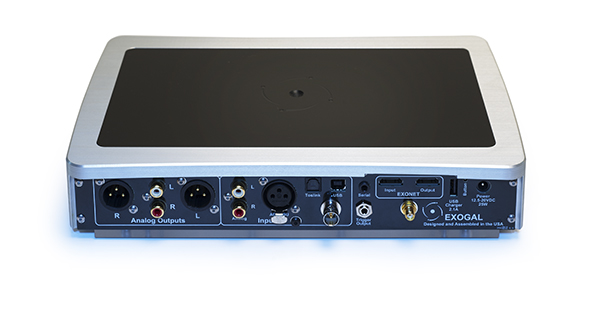 Using the Comet Plus as a digital hub, inputs for USB, Toslink, SPDIF and AES/EBU should have you rocking, no matter what your sources. Most of my listening was done via Mac Book Pro, Mac Mini or the new Dell XPS 27 that we just reviewed. Mac users will have a plug and play experience, and Windows users will more than likely have to download the necessary drivers from the Exogal website. The HDMI EXONET connectors are strictly for use when connecting to other Exogal products, not as a digital input, so don’t expect to use this as an input source.
Using the Comet Plus as a digital hub, inputs for USB, Toslink, SPDIF and AES/EBU should have you rocking, no matter what your sources. Most of my listening was done via Mac Book Pro, Mac Mini or the new Dell XPS 27 that we just reviewed. Mac users will have a plug and play experience, and Windows users will more than likely have to download the necessary drivers from the Exogal website. The HDMI EXONET connectors are strictly for use when connecting to other Exogal products, not as a digital input, so don’t expect to use this as an input source.
While many will probably use the Comet Plus with their computer of choice, excellent results were achieved with the dCS, Simaudio, PS Audio, and OPPO transports at my disposal, via USB and AES/EBU inputs. If you’ve got an older transport or are itching for an upgrade, the Comet Plus is a perfect step up that won’t require you abandoning the transport you already have. It proves a particularly engaging combination with the Simaudio MOON CD 260D.
Exogal has provided an excellent app to control the Comet Plus with your favorite smartphone, and they do provide a decent remote. You will need to connect the small antenna to make this all happen; be careful, as it is very small and easy to lose.
Around the block
Having quite a few DACs at our beck and call these days makes for some intriguing comparisons. Unfairly comparing the Comet Plus to the $40k dCS Rossini DAC/Clock, the $30k Gryphon Kalliope DAC and the $18k Simaudio MOON 780D still proves the big boys deliver the goods. There’s a level of refinement with the super mega DACs that isn’t here. But again, this is not a fair comparison. Comparing it to a handful of other DACs slightly more and slightly less expensive is where it really shines. The Comet Plus offers way more sonic refinement than anything I’ve heard anywhere near its price.
What I did come away with after putting the Comet Plus in the context of a $300k reference system and head to head with a few of the world’s finest DACs is that the Comet Plus certainly has the soul of a five-figure DAC. Five minutes of switching back to the Comet Plus, you won’t be looking around to plug the spendy DAC back in, with your ears in a panic. Think of the Comet Plus as an Audi A3 Sport or a new Miata. They offer so much fun and engagement, you don’t think about what lies beyond – and that’s what makes the Comet Plus such an awesome component. Listening to the decay at the beginning of Cheap Trick’s “Mandocello,” from their self-titled debut, the music just flows. Just as it does cruising through a whole pile of Ella Fitzgerald tracks. Yep, this is midrange magic at its best, yet there is plenty of extension at both ends of the frequency spectrum as well. The highest compliment I can pay the Comet Plus is that after the necessary amount of review dissection was complete, I forgot about it. That’s a winner in my book.
Meant to work in tandem with Exogal’s matching ION powerDAC providing 100 watts per channel, (and we have a review of that on the tail of this review) a pair of balanced XLR outputs and single ended RCA’s assure compatibility with any power amplifier you might have at your disposal.
The digital volume control on board is excellent, lacking nothing in terms of low-level resolution, so when you aren’t rocking the house down, it retains all the sweetness you’ve become accustomed to. Unless you have a mega preamplifier or require all the control functionality, skip buying a linestage entirely. Putting the Comet Plus through its paces with both tube and solid-state power amplifiers proves highly rewarding, and both the balanced and non-balanced outputs had no problems driving 20 feet of interconnects. This makes the Comet Plus stealthy if you don’t want much gear in sight.
A unique destination
With a certain trend in digital pushing more towards opposite ends of the price spectrum, with exciting things going on in the five and six-figure range, as well as the next to nothing column. There isn’t much going on for the music lover that would like to step up from their OPPO but doesn’t want to take a second mortgage on the house or have a modded component. While I’ve had some intriguing experiences with modded components, at the end of the day, they remain Frankensteins. Personally, I’d rather plunk my hard-earned cash down on the original manufacturer.
There’s a lot of brain trust from Wadia at Exogal, and for those of you not familiar, Wadia was a groundbreaking digital company. Consequently, while the Comet Plus has some unique technology under the hood, it is incredibly user-friendly. Combining clean design, robust build quality and above all, fantastic sound makes the Exogal Comet Plus and Exceptional Value Award winner. I suggest spending a few bucks and just getting the Plus model with the bigger power supply because you know your inner tweakasaurus wants it anyway. Highly recommended; and just step up to the plate for the better power supply. It’s worth it and you know you’ll want it anyway.
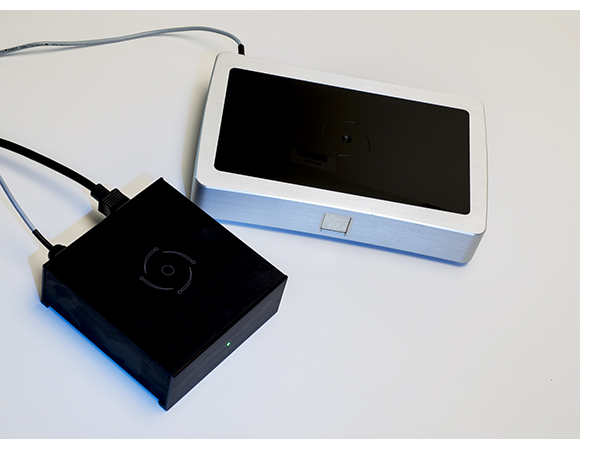 The Exogal Comet Plus DAC and power supply
The Exogal Comet Plus DAC and power supply
$3,500
Peripherals
Amplification PrimaLuna HP Premium Integrated (KT 150 model)
Speakers Quad 2812 w/REL S2 subwoofer
Cable Cardas Clear




